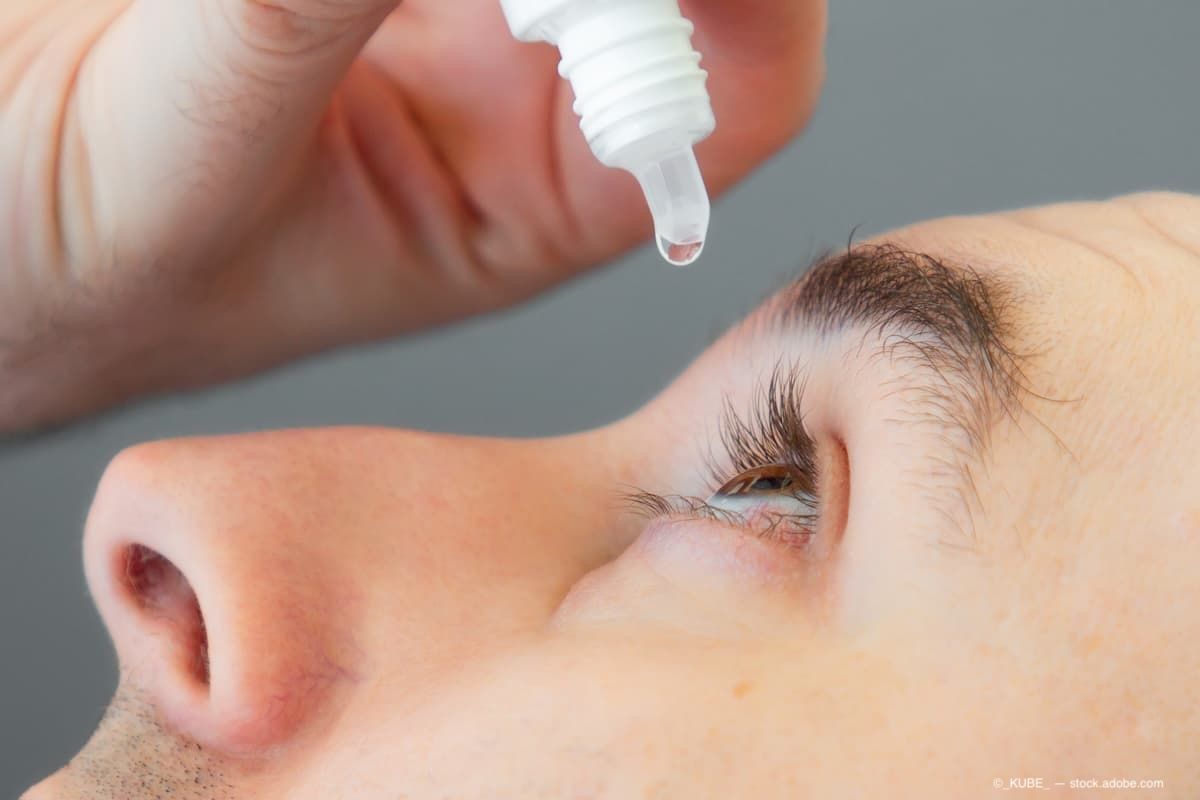Article
#22: The Internet
As embedded as the Internet is in today’s society, it may be hard to believe that 25 years ago, the Internet was responsible for just 1% of the information flowing through 2-way telecommunications networks.
As embedded as the Internet is in today’s society, it may be hard to believe that 25 years ago, the Internet was responsible for just 1% of the information flowing through 2-way telecommunications networks. Today, the Internet is responsible for 97% of this type of communication.
From a healthcare perspective, the Internet has clearly had a huge impact on a number of different levels, including the following:
- Patient information: It is the rare patient in this era who doesn’t come armed to their physician’s office with at least some information about their condition and/or viable treatment options. While this initially was a frustration among most providers who were used to being a patient’s primary conduit of information, many practices have learned to embrace and leverage the power of the Internet in building content for their own websites and offering in-office, online educational tools for their patients. Patients also frequently devise online networks with others who share their condition and use their networks as support systems before, during, and after treatment.
- Professional training: No longer do ophthalmologists need to attend in-person meetings to learn about cutting-edge technology or listen to experts in the field discuss vital professional information. The number of physicians who earn continuing medical education credit through online activities has been growing exponentially. The latest data from 2014 showed that Internet activities were second only to regularly scheduled series in physician participants. Non-certified education is also available in abundance through manufacturer and pharmaceutical company websites and other venues.
- Image management systems: Almost all current ophthalmic imaging systems generate digital patient images in real time that can be stored on a secure online server and viewed in any location at any time. These systems make it significantly easier to assess the progression of a patient’s condition over time and allow for external clinicians to offer second opinions on challenging cases.
- Shared care models: Especially for patients with providers in rural areas, shared care models that allow clinicians to securely exchange patient information and diagnostic images have improved patient access to a broader range of quality eye care professionals while minimizing costs and travel time.
- Heidelberg Engineering’s patient website: www.know-the-eye.com
Clearly, the role of the Internet will continue to evolve and impact the way eye care is delivered. Looking ahead, issues such as telemedicine, use of patient home monitoring devices for specific conditions such as AMD, and the collection and distribution of “big data” are all likely to emerge to the forefront.
Newsletter
Don’t miss out—get Ophthalmology Times updates on the latest clinical advancements and expert interviews, straight to your inbox.




